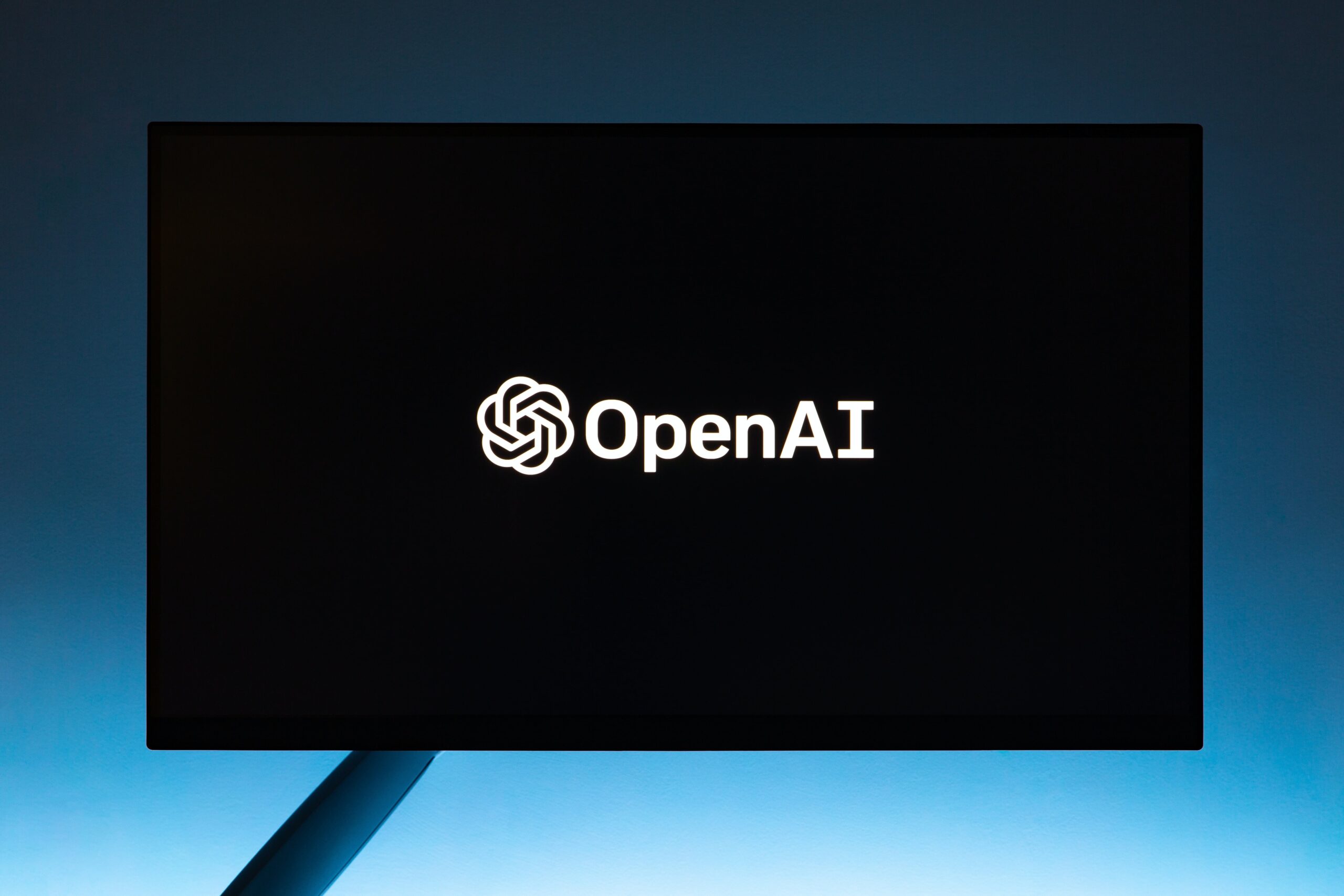Introduction:
React, with its component-based architecture, has become a popular choice for building dynamic and interactive web applications. However, as your app grows in complexity, ensuring optimal performance becomes crucial to deliver a smooth user experience. In this blog, we’ll explore essential tips and best practices for optimizing React performance, empowering you to create lightning-fast and highly efficient applications.
1: Why Performance Optimization Matters in React Apps
- Understanding the impact of performance on user experience and app success.
- The significance of fast-loading apps in reducing bounce rates and improving conversions.
2: Identifying Performance Bottlenecks
- Analyzing common performance bottlenecks in React applications.
- Utilizing browser developer tools and performance profiling to identify issues.
3: React Reconciliation: Working Smarter, Not Harder
- Understanding the reconciliation process and its impact on performance.
- Leveraging React’s Virtual DOM for efficient updates and rendering.
4: Code Splitting and Lazy Loading
- Implementing code splitting to load only essential components initially.
- Lazy loading non-essential components to improve initial page load times.
5: Optimizing Rendering Performance
- Leveraging React.memo and shouldComponentUpdate for smarter rendering decisions.
- Reducing unnecessary renders and improving app responsiveness.
6: Efficient Data Fetching and State Management
- Best practices for data fetching to minimize network requests and improve performance.
- Optimizing state management to avoid unnecessary re-renders.
7: Optimizing Images and Assets
- Strategies for optimizing images and other assets to reduce page load times.
- Utilizing responsive images and lazy loading techniques.
8: Performance Testing and Benchmarking
- Using performance testing tools to measure and benchmark your app’s performance.
- Setting performance goals and monitoring improvements over time.
9: Server-Side Rendering (SSR) and Static Site Generation (SSG)
- Exploring SSR and SSG for improved initial load times and SEO benefits.
- Choosing the right approach based on your app’s requirements.
10: Dealing with Memory Leaks and Performance Pitfalls
- Identifying and addressing common memory leaks in React applications.
- Debugging performance pitfalls and optimizing critical sections of your app.
Conclusion:
By implementing the tips and best practices discussed in this blog, you’ll be equipped to optimize your React applications for peak performance. Creating lightning-fast and efficient apps not only enhances user satisfaction but also boosts engagement and conversion rates. Remember, optimizing React performance is an ongoing process that requires careful analysis, testing, and continuous improvement. So, roll up your sleeves, dive into your codebase, and unlock the true potential of your React apps with a seamless and blazingly fast user experience.
















2 Comments
Impressed by your article. It is very informative and also learned new things that can me improving my application. If you allow I some more points that can add more importance to your article. Check out them below:
1. Avoid Heavy Animations.
2. Reduce Third-party Dependencies.
3. Avoid Unnecessary State Updates.
4. Optimize for SEO.
5. Regularly Review and Refactor.
So these were some of the my views that can help you in improvement of ReactJs and other application. But expert guidance of mobile app development company like Alakmalak Technologies, could undoubtedly result in a app that not only performs exceptionally but also provides a best user experience.
Thank you for your valuable feedback.